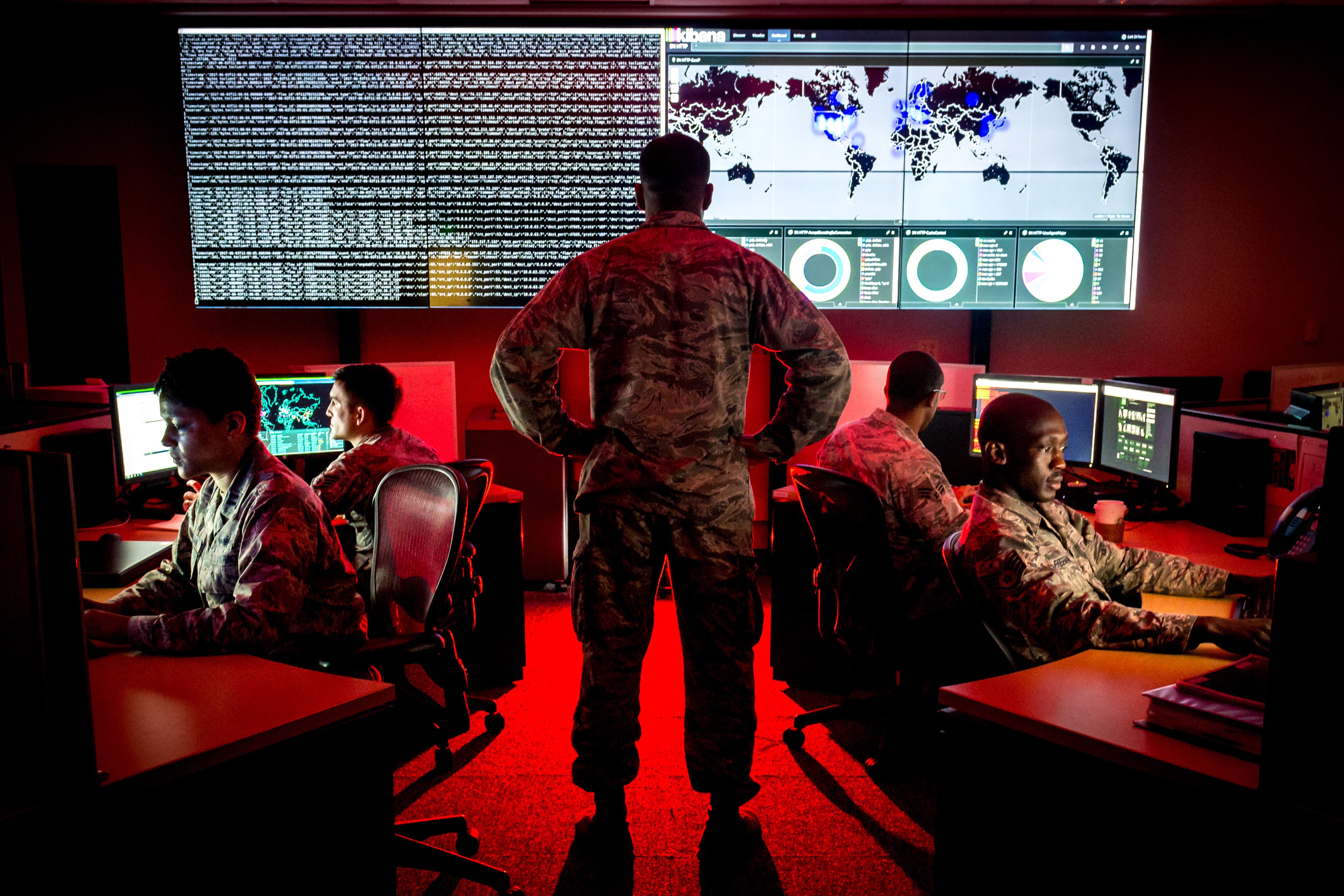Unmanned technologies are maturing at such a rapid rate that multiyear purchases would likely leave the U.S. Army with outdated devices, according to a service acquisition official.
Militaries the world over are increasingly developing and deploying drones and robotics, with the systems posing a threat on land, at sea and in the air. The growing importance of uncrewed systems has been on display for two years in Ukraine and is at the heart of the Defense Department’s clandestine Replicator initiative.
In discussions about the Army’s fiscal 2025 spending plans, Assistant Secretary of the Army for Acquisition, Logistics and Technology Doug Bush said a multiyear procurement for something that changes as fast as unmanned aerial systems “may not be appropriate.”
“There’s also a lot of new entrants in that space,” Bush said in a briefing at the Pentagon. “Committing to one, as good as that company might be, would perhaps foreclose other options because there’s so much innovation with new companies in that space.”
RELATED

Multiyear procurements are typically used to secure mass amounts of munitions. They are thought to motivate defense suppliers, who can count on longer-term demands and ramp up production as a result, and save money by buying in bulk over the long run.
But locking in on the same drone year after year is a different circumstance, according to Bush. Demands for technology can change month to month, let alone year to year.
“What you buy in one year, I’m not sure you’d want to buy that exact same [unmanned aerial system] for five years,” Bush said. “We might be heavy one year in intelligence, surveillance and reconnaissance and heavy the next year in strike.”
The Army’s fiscal 2025 budget blueprint totals nearly $186 billion, an uptick of $400 million compared to the year prior. The service is asking for $175.4 billion in its base budget and another $10.5 billion to pay for overseas operations.
The budget levels also presume the congressional passage of supplemental funding to cover the costs of funneling military aid to Ukraine and to support increased operations in the Middle East, Defense News reported.
Colin Demarest was a reporter at C4ISRNET, where he covered military networks, cyber and IT. Colin had previously covered the Department of Energy and its National Nuclear Security Administration — namely Cold War cleanup and nuclear weapons development — for a daily newspaper in South Carolina. Colin is also an award-winning photographer.








